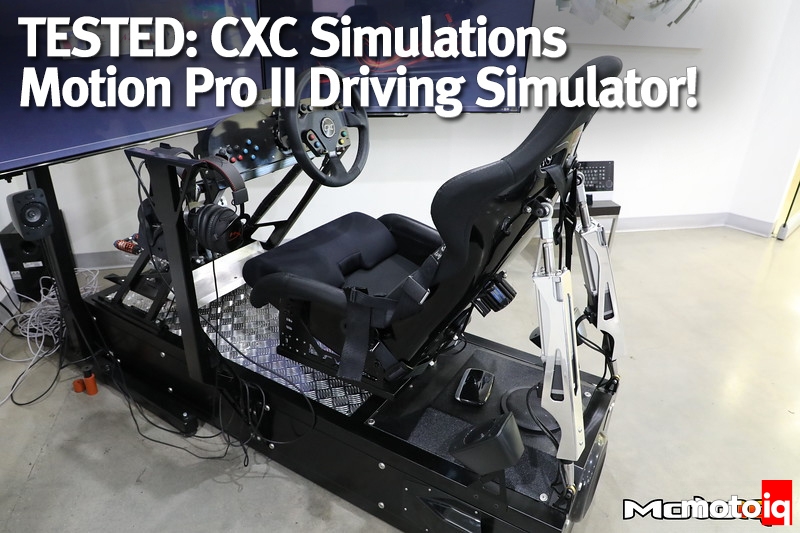,

The experience does come with a price tag, with a four hour session with Michael costing around $1,000 and an eight hour session costing around $1,800. However, a lot can be missed out on without instruction. Plugging away seat time on the sim without any instruction can eventually land a plateau of skills learned on it, similar to that of a body builder going to the gym and doing the same thing, over and over again. Eventually, the body plateaus without much additional muscle gain, so either a personal trainer is hired or some online research has to happen for new routines. The same thing can be said with driving in general, in my opinion, and that includes what can be learned on a driving simulator. Tons of practice without a reputable second opinion for improvement can lead to driver’s plateau.
Again, this level of simulator is intended for drivers and teams that have high costs to where something like this actually saves the team money over the costs of bringing the entire rig out with the team of mechanics, engineers, crew chief, etc. out for a test day. These costs greatly increase when the track is further away, where multiple days of expenses, hotel, and flights for the team add up quickly. If some information and practice can be gained without those steep expenses, then having sessions with Michael is a no-brainer financially.
Let’s say you aren’t a huge professional team, but have some money to invest in your driving. Although you may not be able to directly justify the cost of a session or multiple sessions, you really can’t put a price tag on what can be learned. If you need financial justification, consider it like paying for a good college education, and driving is the career that you are willing to invest in your future for. At this point, you can likely justify the expense. This is slightly more feasible than buying the entire simulator for an average cost of around $50,000 to $70,000 and paying extra for private instruction.
Speaking of the cost of purchasing your own simulator, I went to CXC’s site to spec out the simulator that I would want to buy. Although very far out of my personal budget, the cost of the simulator that I would want to buy was just under $53,000. I suppose that’s a huge savings over what I could spend, but I’m obviously not the type of client that they are looking to sell to. They only produce one model of simulator, the Motion Pro II, so the cost depends on the options that you choose for your customized build. My build was slightly less expensive due to the fact that I can’t do the VIR or triple screens without getting motion sickness and intense vertigo. I did a lot better with just one screen and basic options. Some people that experience vertigo and/or motion sickness tend to do better with the VIR headset, unlike me. My recomendation to those that experience these symptoms is to just give different configurations a try, if possible, as everyone can react differently.

It’s important to note again that these simulators and training sessions were never meant to completely replace racing in real life; they are intended to supplement training for drivers and teams. It’s a great way to stay sharp in between races and prepare for the next race. If I had the budget, I would undoubtedly be there all of the time!
Sources
CXC Simulations



